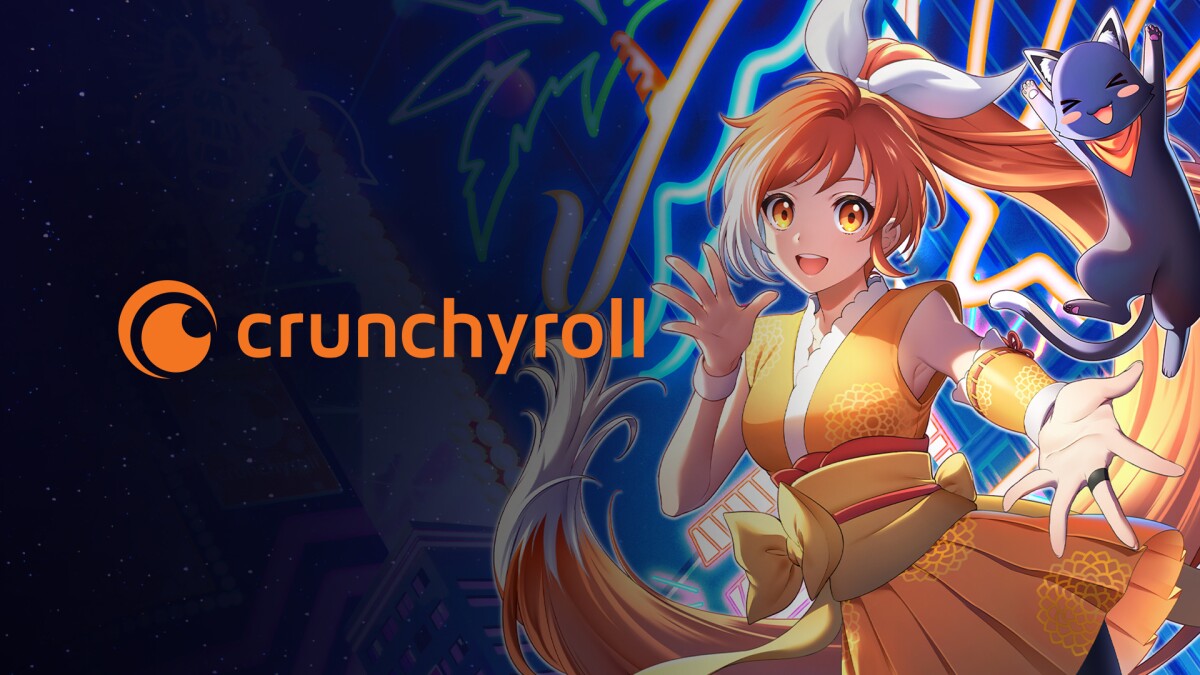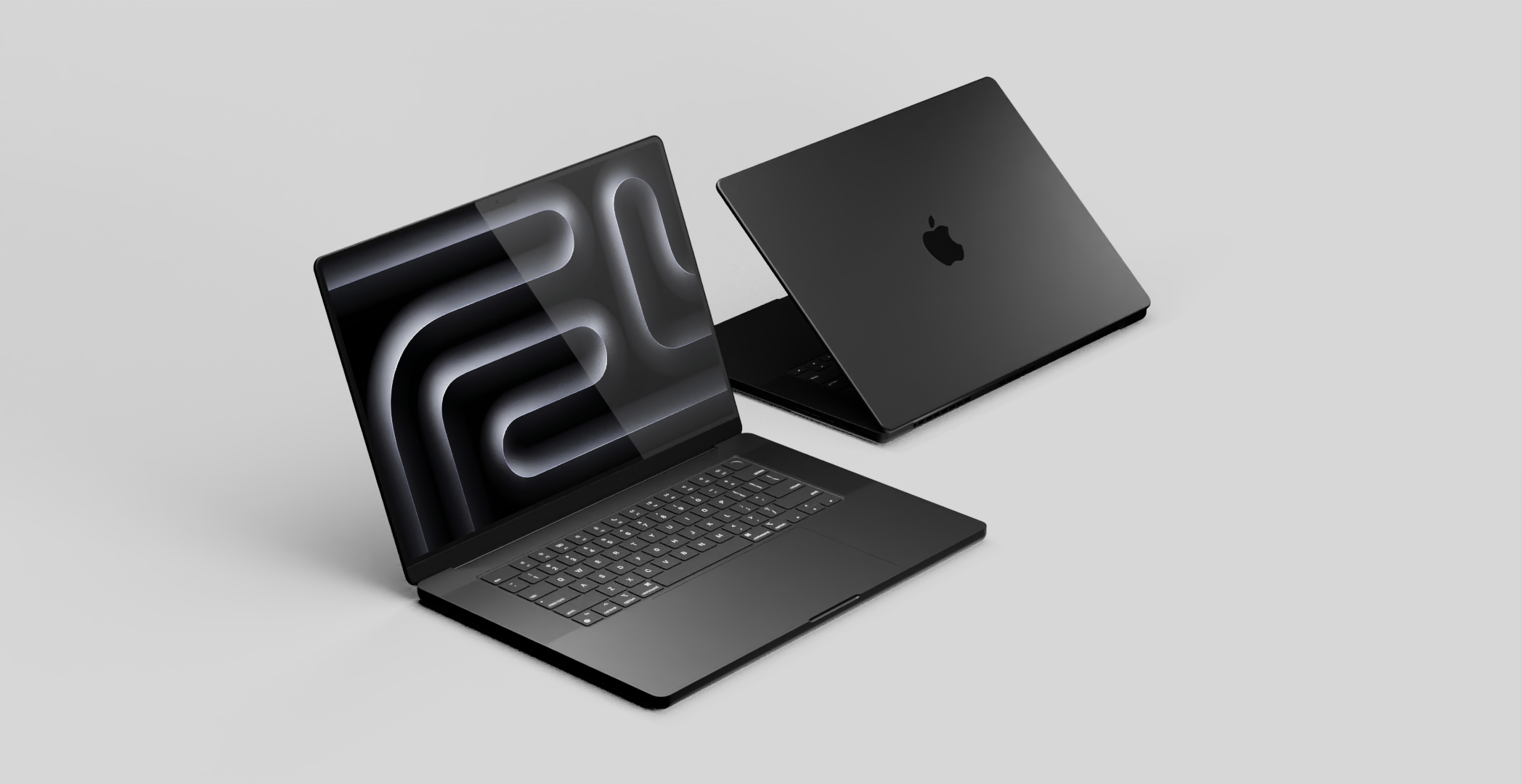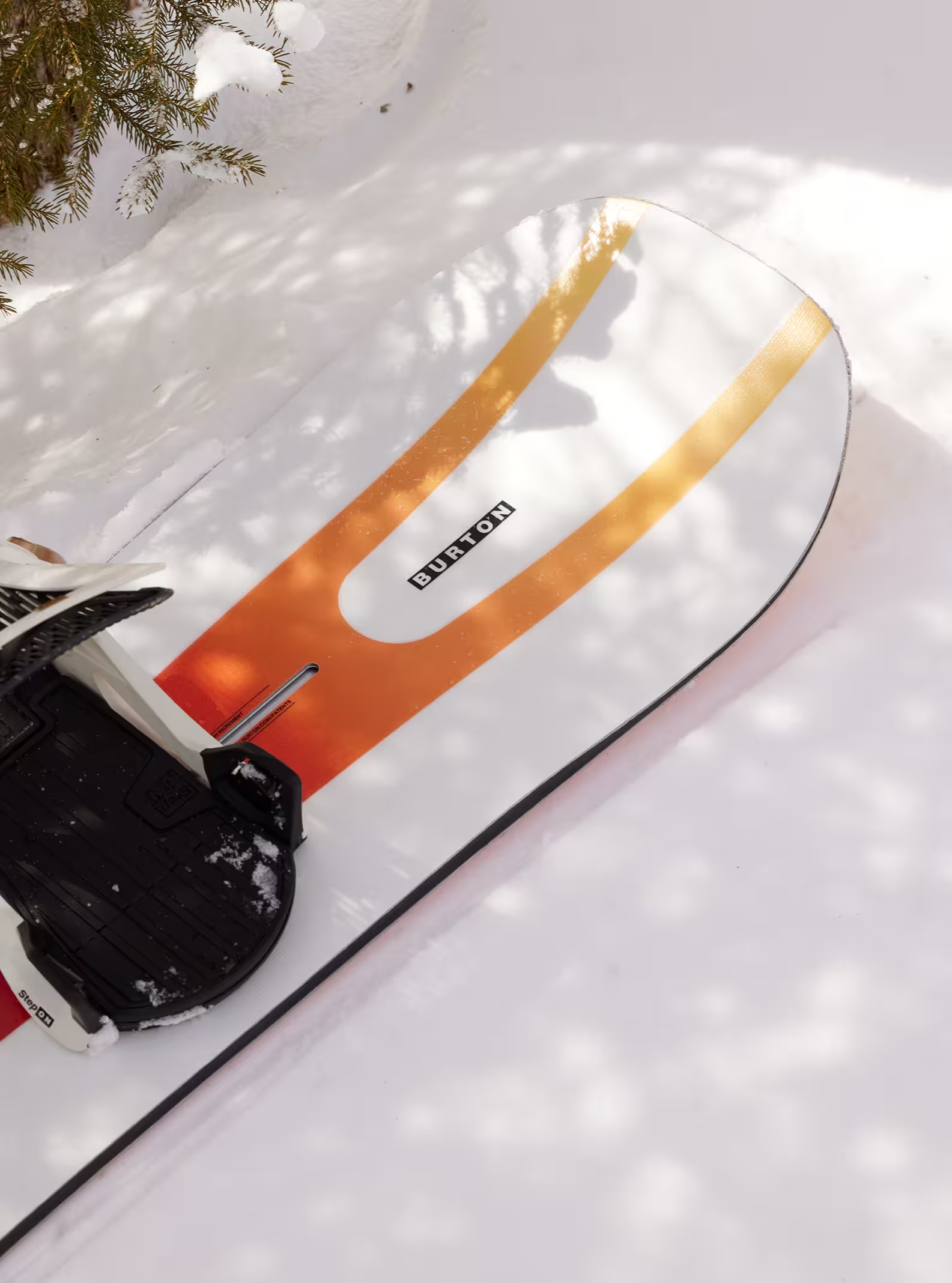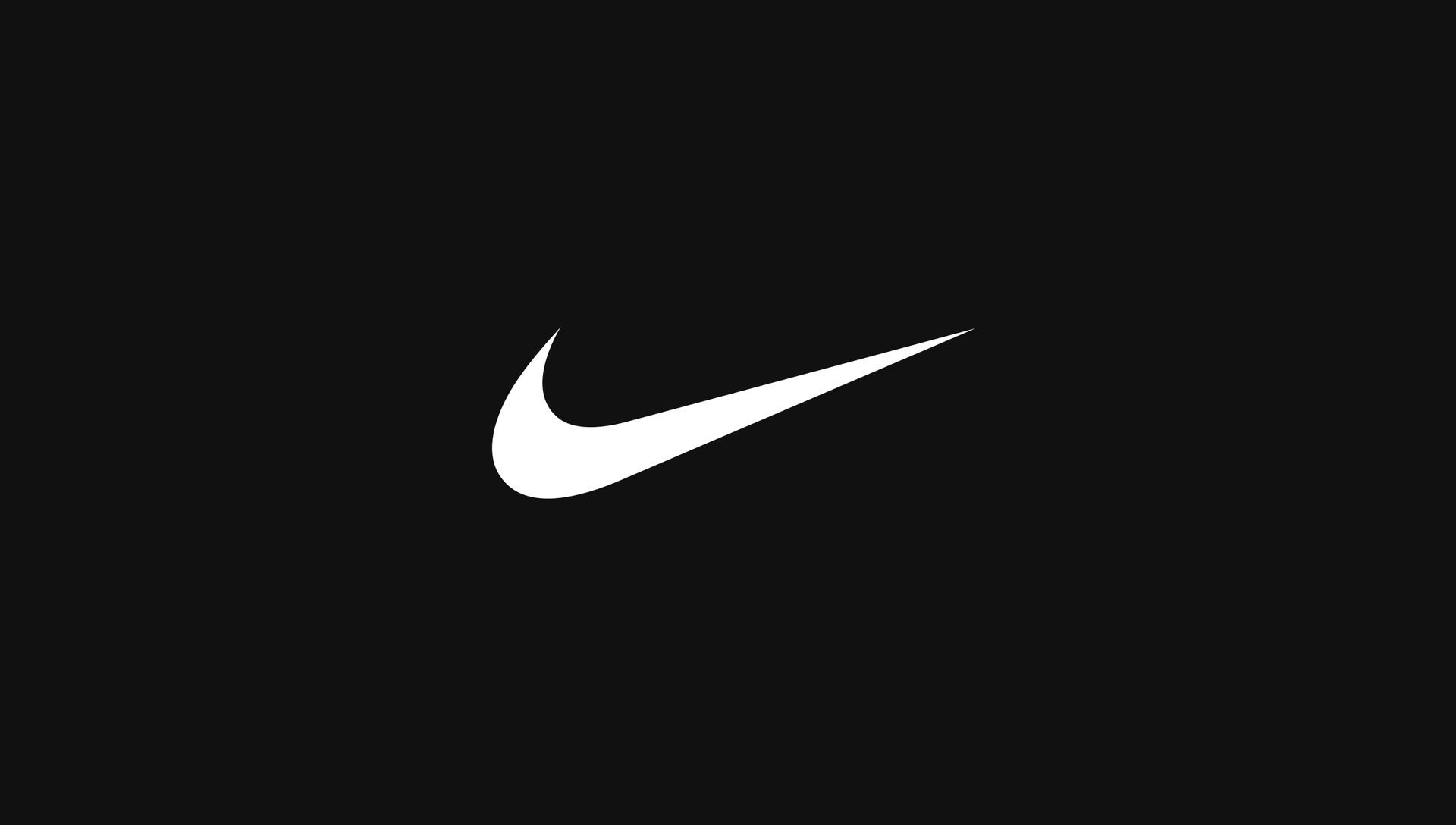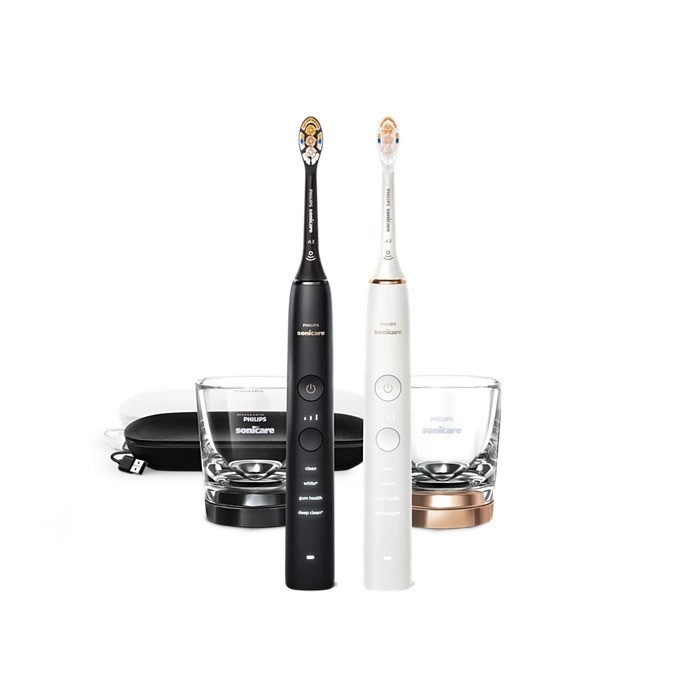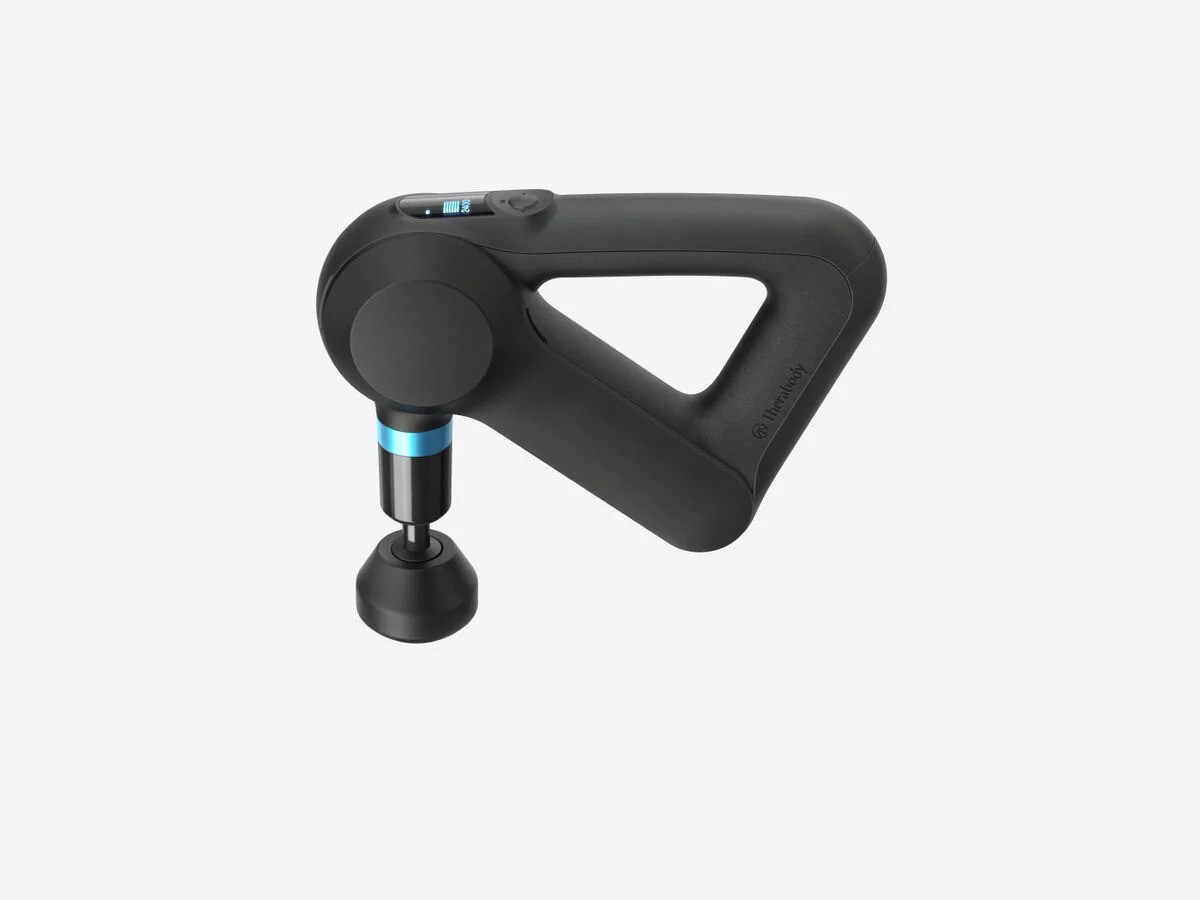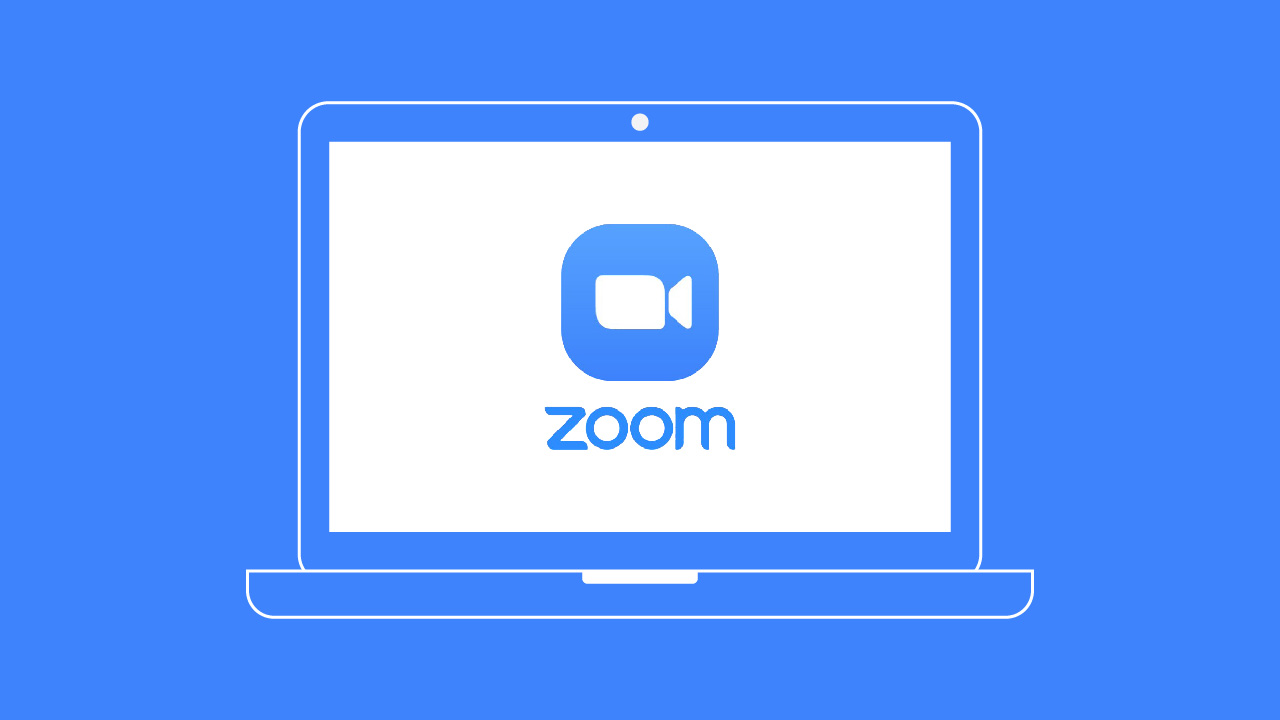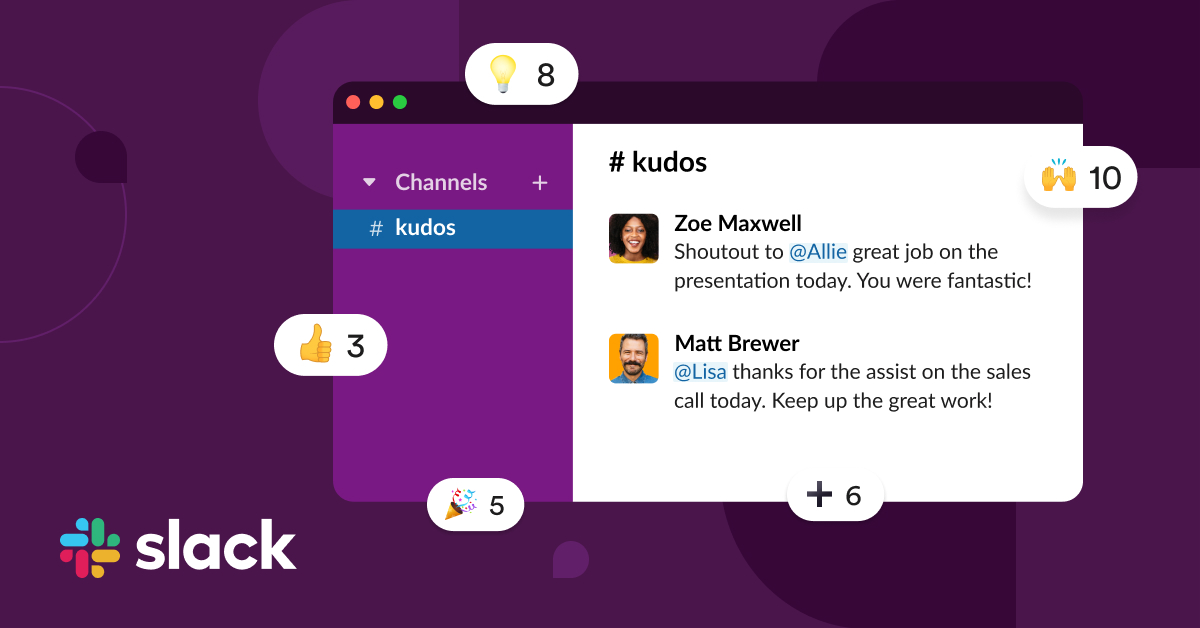As 2024 winds down, it’s time to reflect on the anime masterpieces that have captivated audiences worldwide. This year has been a rollercoaster ride of new releases and continuations that have expanded the boundaries of storytelling, animation quality, and character development. From breathtaking visuals to intricate plots, the anime of 2024 have set new benchmarks. Let’s dive into the top series and movies that defined the year.
1. Echoes of Yore
“Echoes of Yore” quickly rose to prominence with its compelling blend of fantasy and realism. Set in a world where history and magic collide, the series follows a young scholar who can see the echoes of historical events. Each episode, rich in cultural lore and vibrant animation, has made it a favorite for both critics and fans. The series’ ability to weave complex narratives with emotional depth has set a new standard for fantasy anime.
2. Stellar Drift
A science fiction marvel, “Stellar Drift” explores the adventures of a rogue spaceship crew as they journey through uncharted galaxies. Known for its stunning, cinematic space sequences and deeply philosophical underpinnings, this series has pushed the envelope on what sci-fi anime can achieve. Its exploration of themes such as existentialism and the human spirit has resonated deeply with a diverse audience.
3. Slice of Home
This slice-of-life series has touched hearts with its simple yet profound storytelling. “Slice of Home” portrays the daily lives of a group of friends navigating their final year of high school. With its realistic dialogue, relatable characters, and beautifully understated animation, the series offers a comforting escape that many have praised for its healing qualities.
4. The Last Summoner
Blending action with mythology, “The Last Summoner” follows the journey of a young hero destined to summon mythical creatures in a bid to save their fading world. The anime dazzles with its intricate battle scenes and innovative creature design, while providing a narrative that explores themes of destiny and resilience.
5. Ink of Dreams
“Ink of Dreams” is an artistic tour de force set in a world where people’s destinies are written in magical ink. This visually stunning film has been celebrated for its unique art style that mimics traditional Japanese brush painting. The story, centered around a young girl’s quest to rewrite her path, combines a poignant narrative with breathtaking visuals, making it a standout in this year’s film releases.
6. Neon Samurai: Rebirth
A cyberpunk revival of a beloved classic, “Neon Samurai: Rebirth” has not only lived up to its legacy but also expanded it in exciting new ways. Set in a dystopian future, the series blends samurai ethics with futuristic technology, creating a visually spectacular and philosophically engaging narrative. The series has been lauded for its innovative animation techniques and compelling storytelling.
7. Whispers in the Wind
“Whispers in the Wind” is an enchanting tale about a village that communicates with the wind to foresee and alter their fate. This series stands out for its soothing soundtrack and the ethereal quality of its animation, which together create a mesmerizing viewing experience. It’s a gentle reminder of the power of nature and storytelling.
Final Thoughts
The anime of 2024 have not only entertained but also provoked thought, evoked emotions, and pushed creative boundaries. These top series and movies showcase the incredible versatility and depth of the anime medium, offering something for every viewer. As we look forward to what 2025 has in store, it’s clear that the world of anime continues to evolve, promising even more exciting and innovative creations in the years to come.


